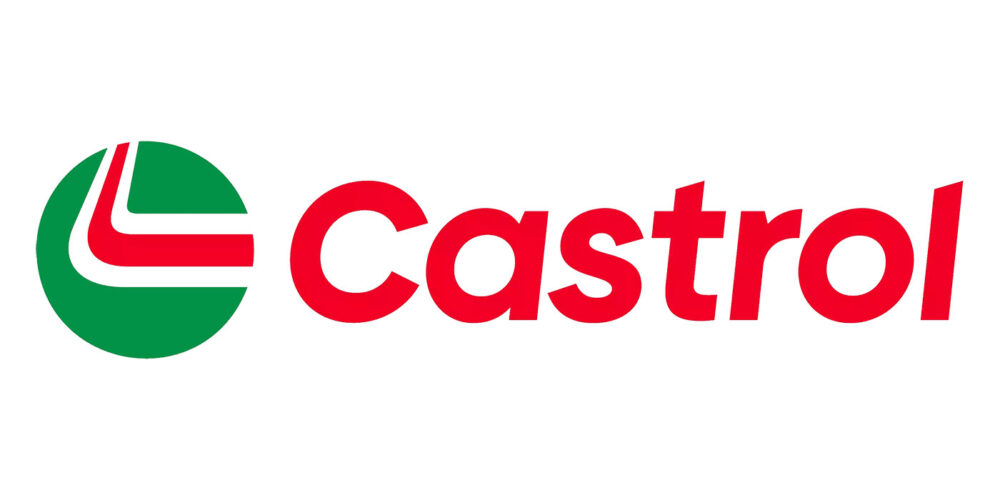Last month I suggested fleets utilize the thinnest oils possible in their engines, transmissions and differentials to maximize fuel economy by minimizing pumping losses. A friend’s subsequent question prompted me to further discuss oil viscosity (resistance to flow) this month.
All liquids, except bismuth and water (between 0˚ F and 4˚ F), become less viscous as they are heated. Oil viscosity grade classifications attempt to describe how thick oils are and how they thin when they are heated. My friend was confused when I told him SAE 10W grade oils were thicker than SAE 10 grade oils. He expected that both oils should be the same viscosity since they were both 10 grade.
When the oil industry created oil grades to describe relative oil viscosities, they established categories to describe oil viscosity at engine startup (100-degrees F) and at operating temperature (210˚-degrees F). The startup oil grade had a “W” placed behind it to designate winter grade while the operating temperature grade had no suffix. Why 100-degrees F was selected as the startup temperature is unknown. We later saw the development of better low temperature startability specifications.
The winter and operating oil grade classifications really only explain how thick oils are at two different temperatures. The term viscosity index (VI) was created to describe how these oils thinned as they were heated, but the temperature range was somewhat narrow. Better quality oils had similar VIs, so they all thinned at approximately the same rate. Then along came multigrade and synthetic engine oils. These oils thin much less when they are heated. A relatively thin oil (10W) could perform like 10W oil at 100-degrees F and yet perform like 30 grade oil at 210 degrees F.
In the 1970s most diesels used SAE 30 grade oils, ignoring the winter viscosity grade. Early Cummins NTC-400 engines encountered excessive oil consumption utilizing SAE 30 grade oils. Researchers determined these engines didn’t consume as much oil when using SAE 15W-40 grade oils. They postulated that high oil consumption was primarily due to the burning of the oil as piston deposits pumped it up on top of the pistons. 30 grade oils were thin enough to burn at those elevated temperatures (400- to 500-degrees C). Since SAE 15W-40 grade oils thinned less when they were heated, they did not ignite as easily as the 30 grade oils (higher VI).
Today’s oils can have viscosity indexes much larger than earlier engine oils. So modern multigrade oils can span 2 or 3 viscosity grades (e.g., 10W-40), and today’s synthetic oils can do much better than that (e.g., 5W-40). One can use oils that pump with much less effort at lower temperatures, yet remain sufficiently viscous to protect engines at higher temperatures. Truck fleet operators often can’t justify fully synthetic oils due to the cost of engine oil changes. However, wide span multigrade (5W-30) or partial synthetic oils would be a good viscosity option.
I wish there were industry specifications for partial synthetic oils. Currently, partial synthetic engine oils can contain between 1% and 95% synthetic material. A good way to decide would be to pick the oil with the highest viscosity index (VI) and the least amount of VI improver. Ask your partial synthetic oil marketer to give you the VI of the oil he or she is promoting. Also ask for the amount of VI improver used, since VI improvers aren’t as thermally stable as synthetic base stocks.
Conduct longer duration, carefully controlled field tests in your fleet using 15W-40, 10W-30, and 5W-30 oils. You can then determine the actual fuel economy benefits of the thinner oils while assessing their effects on overall engine durability. When engine builders learn to close up clearances to preserve engine oil pressure, even thinner oils can be utilized in your fleet.













